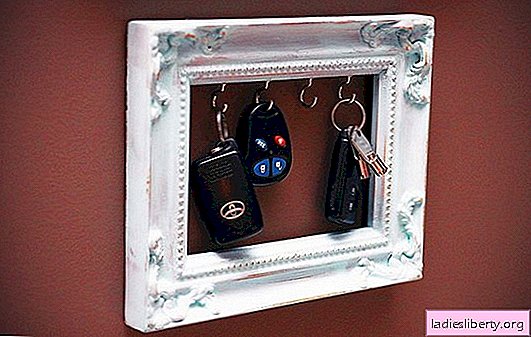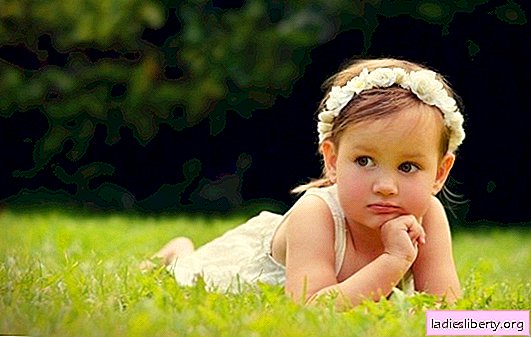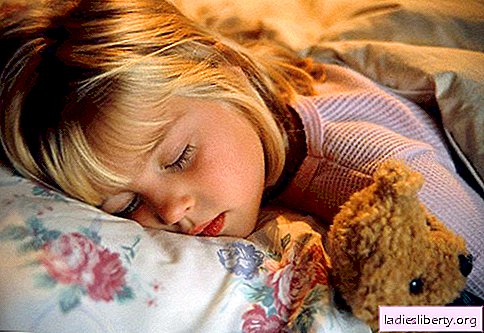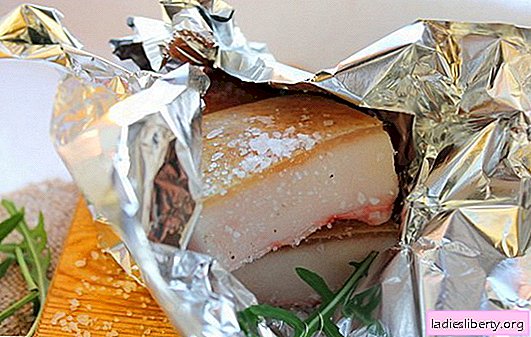
The inflammatory process in the maxillary sinuses of the nose is the most common and complex disease of the respiratory system in children after 4 years. Until this age, the baby is not diagnosed with sinusitis, the maxillary sinuses have not yet been formed.
Despite the difficult course of the disease and the small age of the patient, it is possible to cure sinusitis at home.
Treatment of sinusitis in children at home with folk remedies
Widespread in the treatment of sinusitis in children among traditional medicine are:
1. Menthol. Brewed in boiling water in a container over which it is convenient to breathe. Cool to a safe temperature to avoid burns. Then they wrap their head and hold over the container, breathe for several minutes. The same inhalations are possible over boiled potatoes.
2. Warming up. Manipulation is contraindicated at elevated temperatures and acute purulent sinusitis. For the procedure, boiled eggs are suitable, which should be wrapped in a cloth, then warm the sinuses on each side until the eggs cool. Warming up is best done before bedtime.
3. Pine oil or cedar oil. The sinuses (from the outside) and the nose are lubricated. With light movements, you can massage these areas.
4. Green tea. Used as nose drops. One teaspoon is brewed in a glass of boiling water and cooled. Instill three drops in the nasal passage three times a day.
5. Eucalyptus. Effective as a wash. For the solution, you need one teaspoon of eucalyptus per glass of boiling water. Washing is carried out up to 3 times a day.
6. Aloe juice. It is mixed with honey in equal proportions. Use as drops in the nose. Buried three times a day.
7. Propolis tincture. Use with butter. In equal proportions, oil and tincture are mixed. Then, on the tightly twisted pieces of cotton wool (with a diameter smaller than the nostrils), the resulting mixture is applied. Lay in the nasal passage and leave for 10 minutes. Repeat twice daily.
8. Bay leaf. Used as a compress. A glass of boiling water pour 5-6 leaves. Leave for about 20 minutes, cool to a warm temperature. Moisten cotton and apply to the sinuses. Hold for 30-40 minutes. In order to keep the compress warm, wrap with a towel.
It is imperative that you consult a pediatrician or ENT specialist before using this or that folk remedy, so as not to provoke even greater edema and provoke complications of the disease.
Drug treatment of sinusitis in children at home
The pharmaceutical industry has provided a wide range of drops, sprays and aerosols for the treatment of sinusitis in children at home:
• naphthyzine;
• sanor;
• xymelin;
• galazolin;
• nazivin and others.
These drugs have a vasoconstrictor effect. They are able to quickly facilitate breathing due to the fact that they release the nasal passages from accumulated mucus. It is extremely important not to abuse this type of drug and not to exceed the permissible number of applications per day, and not to extend the course of treatment yourself.
As a rule, such drugs for young children are available in the form of aerosols and sprays, which contributes to the uniform distribution of the medication.
For an integrated approach in the treatment of pathology are also used:
• antihistamines help relieve swelling of the nasal sinuses, enhance the effect of antibiotics. (suprastin, loratadine, tavegil, etc.);
• mucolytic contribute to liquefaction and release of pus from the sinuses (ambroxol, ACC-long, etc.);
• anti-inflammatory;
• antiseptic (protargol);
• antipyretic drugs are used at elevated temperatures and also have an analgesic effect (paracetamol, ibuprofen);
• local antibiotics.
Antibiotics for the treatment of sinusitis in children at home
Only the bacterial form of sinusitis is treated with antibiotics. The acceptability and need for the use of drugs should be evaluated by a specialist. And only after receiving qualified advice and conducting the necessary examination should resort to the use of antibiotics.
Conclusions about the effectiveness of taking drugs are made two days after the start of treatment. When observing positive dynamics, the temperature decreases, health improves, pain decreases.
With an uncomplicated form of sinusitis, the following antibacterial agents should be used:
• penicillins. The drugs are well tolerated, non-toxic to the body and do not cause an allergic reaction. These include:
1. amoxicillin (especially effective in combination with clavulanic acid, which enhances the effect of the drug);
2. ampicillin (with prolonged use, a bacterial flora resistant to its action is formed).
• macrolides. This type of medication is used if taking penicillins does not lead to a positive trend.
1. clarithromycin (possible adverse reactions in the form of heartburn, nausea, diarrhea);
2. roxithromycin.
Erythromycin was previously widely used, but at present the drug is not prescribed due to the risk of superinfection.
In a more serious form of the disease, the following antibacterial drugs are used, which are prescribed if the previous antibiotics are ineffective:
• cephalosporins:
1. ceftriaxone;
2. cefuroxime;
3. cefpodoxime.
• fluoroquinolones. Rarely used to treat children, only with a severe course of the disease. The drugs are highly toxic, can cause side effects from the nervous, skeletal system, and can lead to a change in the blood formula. They are used only in a hospital setting. Varieties:
1. ciprofloxacin;
2. lomefloxacin.
Injection of antibiotics is used in case of acute and rapid course of the disease. In this case, the drugs enter directly into the bloodstream and a positive effect can be observed already on the second day of treatment. Injections are no longer prescribed at home, but stationary, since it is important to control the possibility of an allergic reaction to the drugs administered.
When it comes to treating sinusitis at home in young children, it is preferable to use antibiotics in the form of a suspension. The powder is diluted with chilled boiled water. Dosage is calculated by the weight of the child.
Local procedures for the treatment of sinusitis in children at home
The most common way of home treatment for childhood sinusitis is washing. This procedure is contraindicated in acute purulent sinusitis, as it can lead to pus in the middle ear and cause serious complications. Also, one should not resort to this method in the treatment of children under 8 years of age.
For manipulations, saline or a solution with an antiseptic drug (furatsilin) is suitable. A container with a narrow neck (teapot, for example) will be required. You can also use a syringe, but you should be careful with the force of pressure. The prepared solution was brought to room temperature. The position of the child is standing above the sink with his head tilted to his side. With slow movements and small portions, a solution is poured into one nostril, which must flow out through the other. So repeat 3-4 times in each nostril. Washing helps remove mucus and improves breathing. Repeat the procedure from 2 to 4 times a day. The course of treatment is from 1 to 2 weeks.
In the early stages of the disease, the healing effect may have:
• massage (performed by lightly tapping the finger on the sinus of the nose for 3 minutes every 30 minutes);
• breathing exercises (one nasal passage closes one by one, breathing through one nostril).
The basics of the treatment of sinusitis in children at home
In addition to the above methods for the treatment of sinusitis, the issue of providing the necessary conditions for a small patient is important. As with any disease, it is important to observe the following principles:
• Clean and cool air. Be sure to ventilate the room and maintain the room temperature from 20 to 22 degrees;
• Humidification. In the absence of a special device, it is possible to carry out wet cleaning several times a day;
• Purification of nasal discharge. For very small, a nozzle suction pump should be used for these purposes. In this case, the procedure will be more effective if, at the time of aspiration from one nostril, close the other with a finger.
Despite the abundance of ways to treat sinusitis in children at home, you should not self-medicate without consulting a doctor. The child’s body is still fragile and not strong, so starting a disease and getting serious complications is quite simple.











